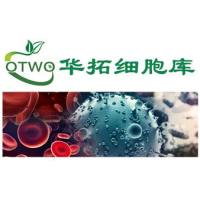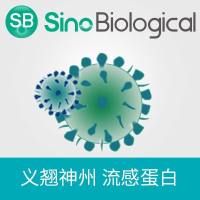Permeability Assessment Using 5-day Cultured Caco-2 Cell Monolayers
互联网
1059
In this chapter, we have provided a step-by-step protocol of an accelerated differentiation 5 day culturing Caco-2 (HTB-37) model in a 24-well plate format. The 5-day accelerated Caco-2 assay is based on previous literature protocols where inserts are coated with collagen protein and the culturing cell media contains sodium butyrate to modify differentiation and growth properties of the cell line. Protocol conditions for the accelerated 5 day Caco-2 and conventional 21 day Caco-2 assays are outlined in the chapter. Permeability values and inhibitory efflux ratios for drug candidate compounds are measured using both Caco-2 models using a liquid chromatography-mass spectrometer as the analytical detection method. A comparison between the 5 and 21 day Caco-2 models revealed that a reasonable correlation was demonstrated between the models for ranking permeability values of drug candidate compounds. Thus, permeability studies for large number of drug candidate compounds using the 5 day accelerated Caco-2 model is more convenient and productive than the 21 day model. Using the 5 day model for assessing whether a drug is a substrate of P-gp, revealed efflux ratios lower than those using a 21 day model. The data indicated that the 5 day monolayer expressed P-gp transporters and these transporters were functioning in the proper orientation with presumably a lower expression. While the 5 day Caco-2 model can be used as a high throughput screen for permeability and P-gp efflux measurements, it is recommended to use the 5 and 21 day Caco-2 assays in a tiered approach; that is, large number of compounds in a rapid manner can be funneled through the 5 day assay for both permeability and P-gp data, however, compounds that are positive or borderline substrates of P-gp should be retested in the 21 day assay for a more definitive answer.









